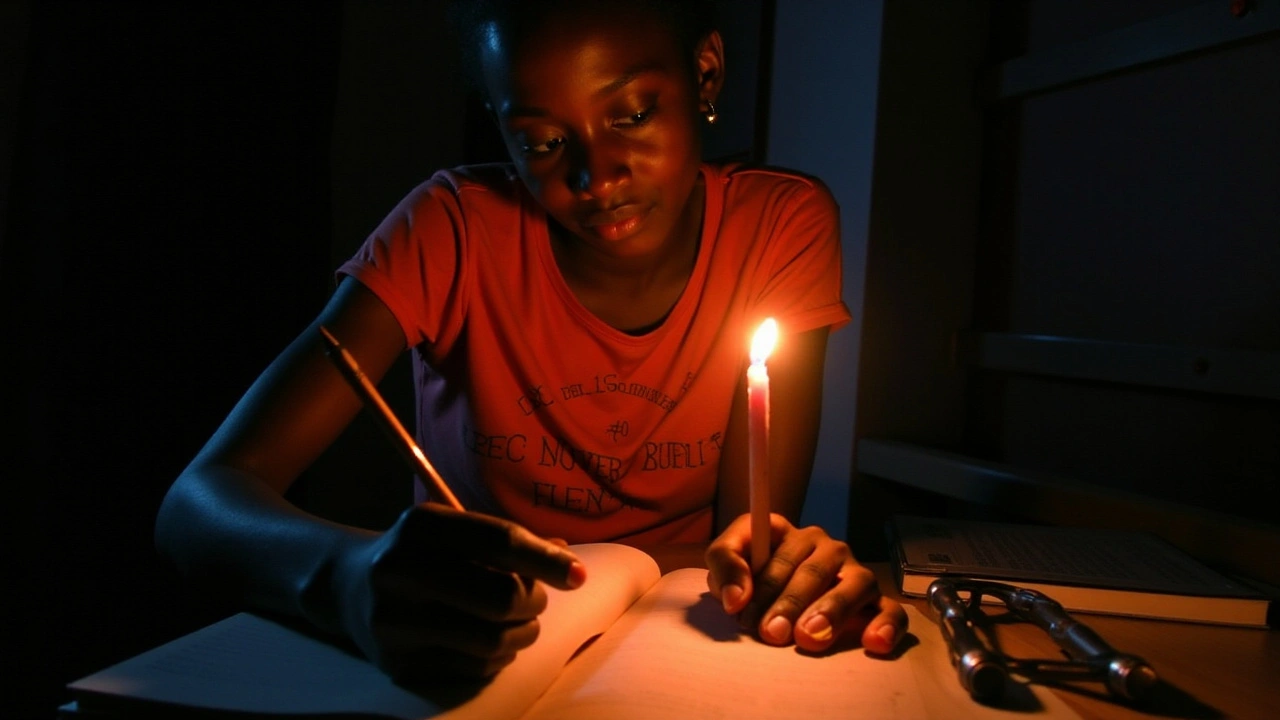South Africa Power Supply and What It Means for You
South Africa’s power supply has been a hot topic because it affects daily life more than most realize. If you’ve ever experienced the power going out unexpectedly, you know why people talk about load shedding a lot. But what exactly is causing these power breaks, and how does it impact everyone across the country? Let’s break it down in a way that’s straightforward and easy to understand.
Why Is South Africa Facing Power Supply Issues?
The biggest culprit behind power supply problems here is the energy demand that outpaces the supply. Power stations sometimes have technical failures, and maintenance delays make things worse. It’s not just about the infrastructure though—South Africa’s economy and growing population increase the demand, stretching current resources thin. When there isn’t enough electricity to go around, the utility company Eskom enforces load shedding as a way to prevent a total blackout.
Load shedding means that power is turned off in specific areas for certain hours, rotating across neighborhoods. It’s frustrating, no doubt, but it’s a strategy to keep the grid stable. Imagine if everyone used power at full blast at the same time—then the entire system could crash, leaving everyone in the dark for longer periods.
How to Deal With South Africa's Power Challenges
Since power outages are part of the reality now, many households and businesses are finding ways to cope. Some invest in backup generators, solar panels, or battery storage systems to keep important things running. Simple steps like unplugging unused devices and using energy-efficient appliances can also help reduce electricity usage.
It’s also important to stay updated on load shedding schedules, which Eskom publishes regularly. That way, you can plan your day better—charge devices beforehand or run heavy appliances during times when power is available.
On a bigger scale, there’s ongoing discussion about improving energy infrastructure and investing in greener, sustainable energy sources. These efforts aim to reduce reliance on coal-fired plants, diversify power supply, and avoid these power struggles in the future.
Understanding South Africa’s power supply situation helps you prepare, adapt, and stay ahead despite the challenges. Keeping informed and making small changes can ease the impact of power interruptions in your daily life.
Eskom's Load Shedding Alert Raises Alarm Amidst Tariff Increase Rejection
Eskom has sounded the alarm on the possibility of immediate load shedding due to the denial of a tariff increase, sparking concerns about South Africa's power stability. NERSA's rejection affects Eskom’s financial capacity to maintain and improve infrastructure, heightening the risk of unexpected power cuts. This highlights the persistent challenges in the energy sector and the crucial need for sustainable solutions to maintain a reliable supply.
Julian Parsons | Jan, 31 2025 Read More
